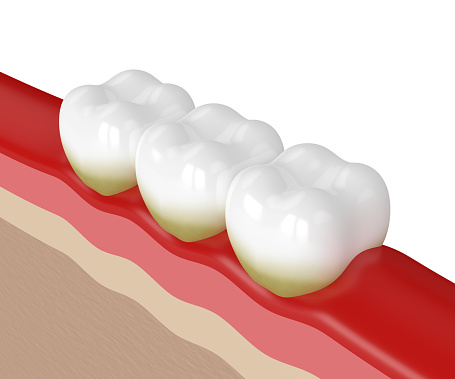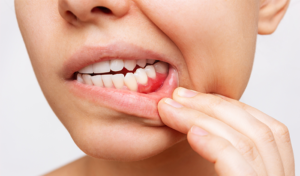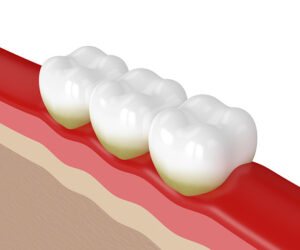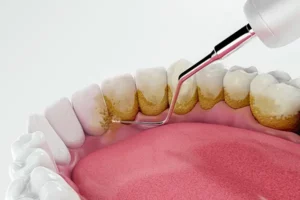Saliva plays a surprising role in keeping your mouth healthy. It washes away food debris, neutralizes acid, and contains substances that prevent microbes from attacking teeth and gums. Analysis of its properties and composition provides insight into your periodontal condition to guide treatment decisions.
Saliva Flow and Consistency
Hygienists evaluate saliva flow visually during exams. Reduced moisture suggests decreased production, pointing to dry mouth. This erodes protective effects, raising disease risks. Checking consistency also matters, as thick, sticky saliva correlates to gum inflammation.
Biomarker Analysis
Like blood tests indicating systemic health, saliva contains biomarkers (measurable biological signals). Elevations in enzymes like AST suggest periodontal destruction, while some proteins mark inflammation levels. Special tests quantify biomarker concentrations to determine disease severity and treatment effectiveness.
Genetic Material
Pathogens and oral microbes shed DNA into saliva as well. PCR analysis identifies genetic traces from specific bacteria to pinpoint types instigating infection. Comparisons before and after treatment help determine optimal antibiotics for particular cases. Saliva tests also screen for genetic susceptibility to guide preventative measures.
Chemical Composition
Biosensors classify saliva content like electrolyte balances critical for remineralization. Imbalances raise the risk of caries, making supplements advisable. Mineral concentrations also indicate bone density and verify adequate calcium and phosphorous levels around teeth for stability.
Hormone Levels
Research connects periodontal disease to hormone changes like increased estrogen and progesterone levels during pregnancy. Analyzing hormones in saliva provides clarity on risks to manage proactively with priority cleanings and antibiotic rinses when warranted.
Therapeutic Drug Monitoring
Medications taken to regulate conditions like osteoporosis impact periodontal health. Saliva tests ensure proper drug absorption, indicating needed dose adjustments for intended benefits without oral side effects.
Optimizing Treatment Plans
Easy, non-invasive saliva testing expands periodontal disease insight in ways clinical signs alone cannot. The painless procedures cause no trauma to grant a window into your oral health. Discuss incorporating these technologies with your periodontist to unlock advantages for your personalized treatment plan.





